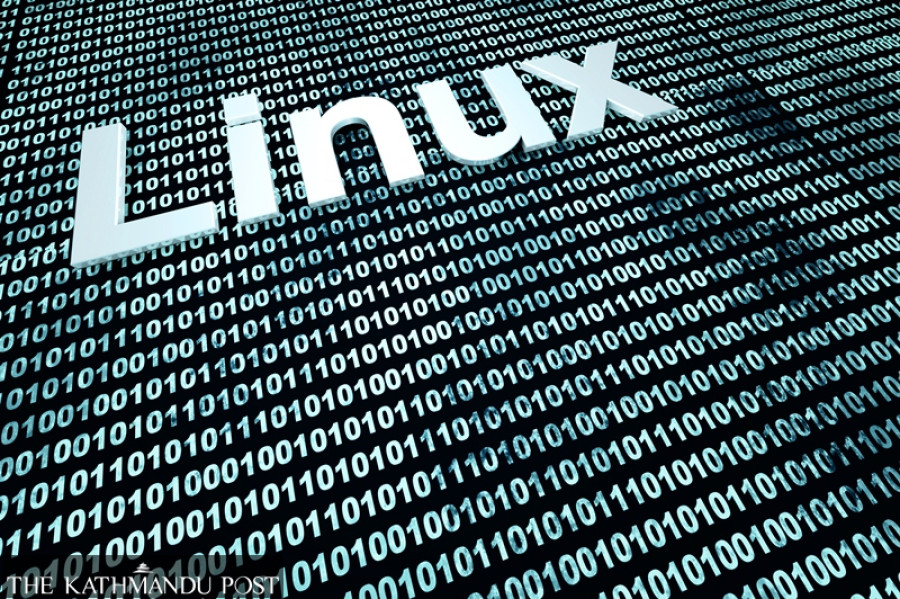Science & Technology
A Case for Linux in 2021
A majority of the internet infrastructure is based on Linux because of its stability and its customisability.
Prajesh SJB Rana
With Windows 11 just around the corner, many tech enthusiasts are looking forward to tinkering with a brand new operating system. While Microsoft’s new iteration of their popular operating system comes with major user-interface (UI) and system upgrades, its system requirements have created a bit of confusion over the internet. Windows 11 will only work on CPUs with 8th Generation Intel and higher or AMD Zen 2 and up. A TPM 2.0 (Trusted Platform Module) is also necessary for an upgrade, making many older CPUs incompatible with the upgrade. In what feels like a corporate money grab scheme to sell newer hardware during a global chip shortage, Microsoft will be leaving behind many laptops a few generations old with Windows 11. While Windows 11 might actually be good (not considering Microsoft’s track record with subsequent releases), supporting such a blatant push for new hardware when older hardware runs Windows 10 well feels wrong; which is why I’m going to make a case for Linux once again. For anyone looking to upgrade their operating system with Windows 11-incompatible hardware, Linux may be worth revisiting in 2021 since the operating system has evolved significantly over the years.
Okay, yes! Windows 11 does look sweet. The UI upgrades are quite significant, and the rounded corners make the operating system look modern, closer to Apple’s macOS design language. Linux has also grown in aesthetics over the years, with releases like Pop!_OS, ZorinOS, Linux Mint, and Elementary OS flaunting some great looking desktop environments. But the beauty of Linux is that you can tweak and modify almost everything about your UI experience; you can install a completely new desktop environment altogether. They come with themes and many UI tweaking tools that let you adjust and customise your operating system to your heart’s content.
The beauty of Linux also lies in its customisability. While the GUI has improved to the extent where most modifications can be performed easily through a graphical interface, you will need to use the command line from time to time to update your existing apps or grab new apps from their respective repositories. On Linux, the command line is a powerful tool that provides an infinite amount of control over your computer if you know how to script on it. It might actually be a good time to learn these scripting languages too while we’re all working from home since Linux has seen heavy implementation outside in digital infrastructures outside of personal computing.
Many internet and networking servers run on Linux; Microsoft’s own Azure Cloud Service runs on Linux. Android and Chrome OS are all based on Linux, and, I believe, many IoT devices of the future will run custom Linux operating systems as well. A majority of the internet infrastructure is based on Linux because of its stability and its customisability. Linux is extremely stable; this is because it usually doesn’t come with bloatware like telemetry and tracking systems native to both Apple and Microsoft operating systems. It also works really well on older and weaker hardware which makes it ideal for server usage. It also helps that Linux is free while networking alternatives from enterprises are expensive.
Linux is also extremely scalable, making it apt for use on smart devices and IoT devices. It is also already being implemented in single-board computers as controllers for many DIY projects. For the software side of things, developers usually choose a scaled-down version of Linux like Puppy Linux (300MB) and Porteus (300MB), or for even smaller deployment like Tiny Core Linux that comes at 11MB for the command line version and a mere 16MB for the graphical user interface. Because these distros(Linux distribution operating systems) are so small, they can also run on very low memory chips: Tiny Core Linux works flawlessly on 64MB of RAM. This scalability makes it excellent for deployment in a variety of different products.
On the desktop side of things, a lot has changed as well. Both AMD and Nvidia have officially supported Linux for quite some time now, opening up hardware acceleration for demanding Linux applications. We still don’t see support from big companies like Microsoft and Adobe for Linux. They can be run through emulation, which might be complicated to set up but works well enough. Gaming, on the other hand, has seen significant strides. Valve’s StreamOS is also based on Linux, and to ensure that games work on Linux, they developed Proton, a compatibility layer for Linux that runs Windows games. Proton initially launched with 27 games on its whitelist, which has grown significantly since it was released with ProtonDB reporting 15,636 working titles as of today.
On Microsoft’s side of things, they’ve also integrated the Linux kernel into their Windows operating system. For Windows 10 version 2004, Microsoft has made Windows Subsystem for Linux (WSL) available for download. You will need to turn this feature on and download the required files from Microsoft to be able to use this subsystem, but this feature lets users use the Linux terminal from within Windows. And with the newer WSL 2.0, Linux-based GUI applications can also be run within Windows using Hyper-V virtualisation. Hardware acceleration, audio, and video support have also been made available for Linux apps through this service.
Linux is still the underdog when it comes to operating systems. At a mere 1.97 percent market share, Linux is even behind Google’s relatively new Chrome OS (2.09 percent). Linux has received great support from other companies and communities over the years, and it has matured into a viable alternative to Windows or macOS. And with the way things are going, it might be better to hop on the bandwagon and learn Linux for the penguin future that is to come!




 11.12°C Kathmandu
11.12°C Kathmandu










